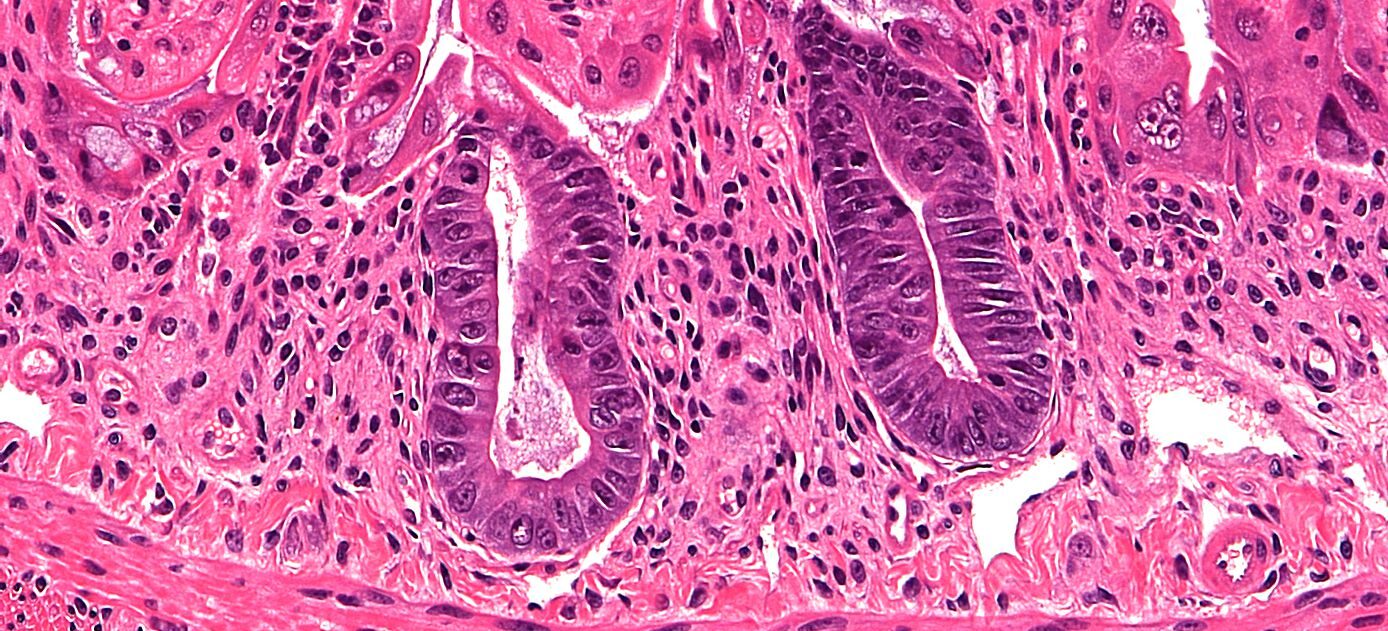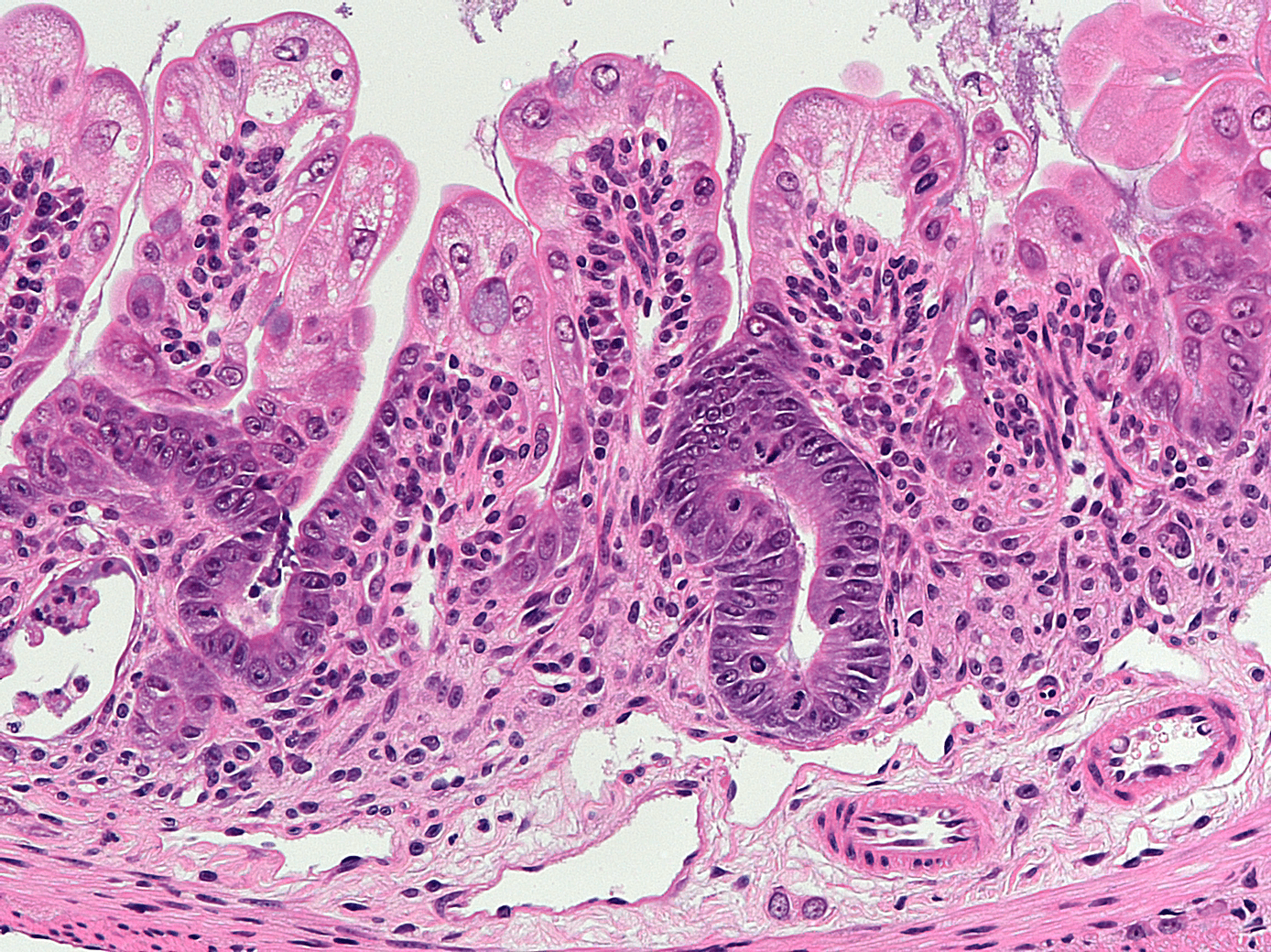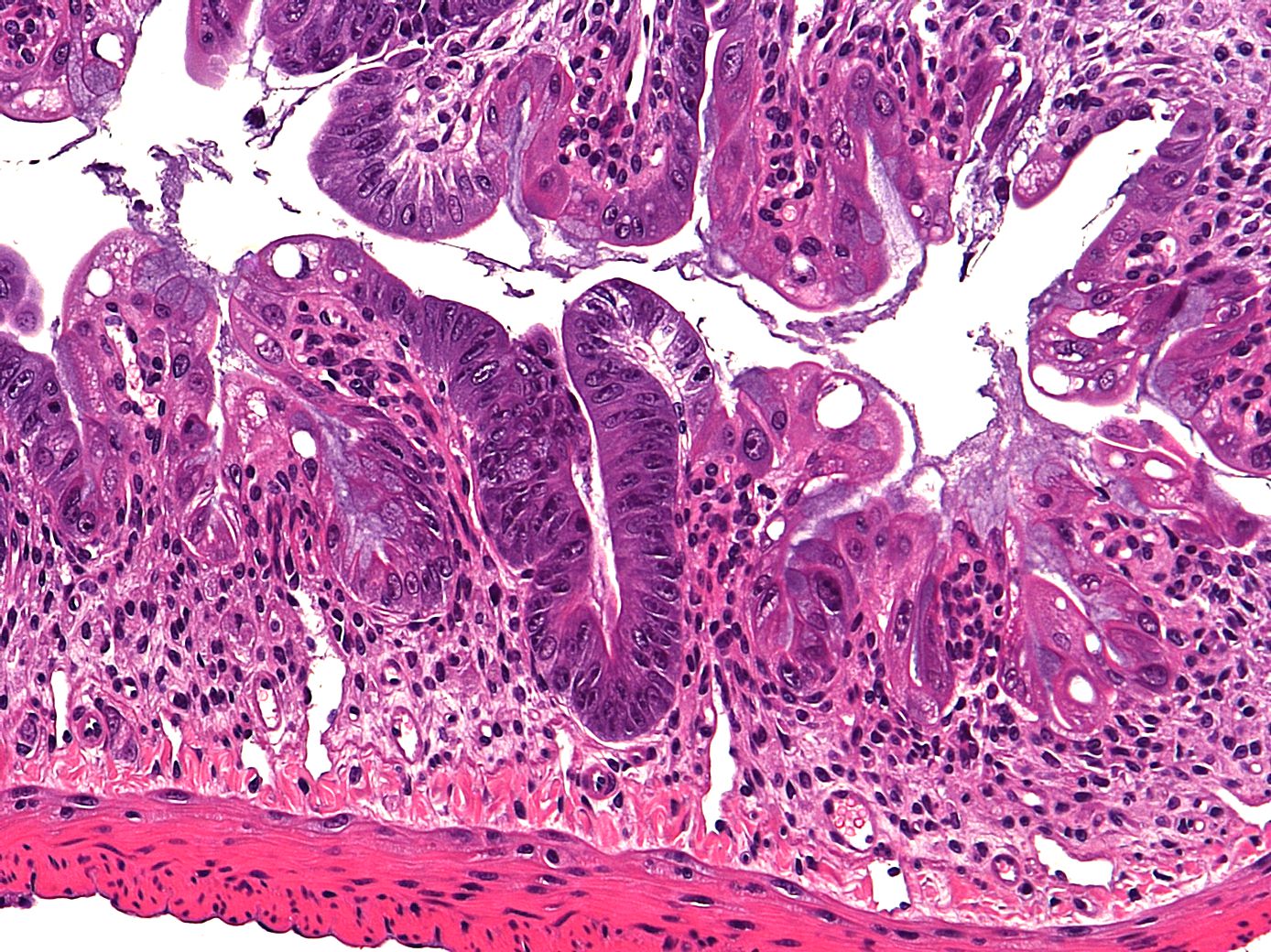Gastrointestinal – Acute Radiation Syndrome
Radiation kills the rapidly proliferating clonogenic cells in intestinal crypts. If all the clonogenic cells are killed, the crypt will die. If sufficient crypts die, ulcers will form, resulting in diarrhoea, infection, dehydration, and death.
Haematopoietic – Acute Radiation Syndrome
The effects of H-ARS manifest later than GI-ARS, however, the bone marrow is highly sensitive. A lower dose of irradiation is therefore required and detrimental effects manifest over a longer time course than GI-ARS (apparent from day 10 onwards).
Readouts Include
- Survival
- Diarrhoea duration and severity
- Crypt survival and regeneration
- Apoptosis and proliferation
- Histology / IHC and image analysis
- Flow cytometry
- Protein / Gene expression (including specific areas using lase capture microscopy)
- Cytokine profiling



